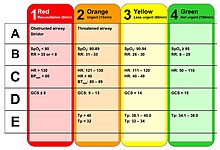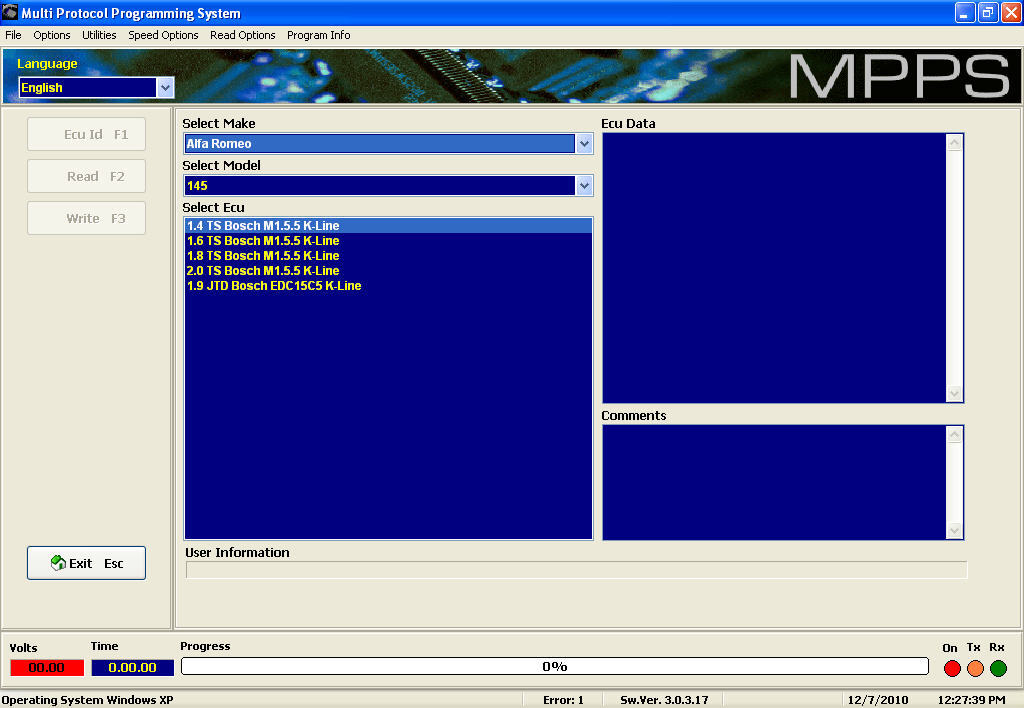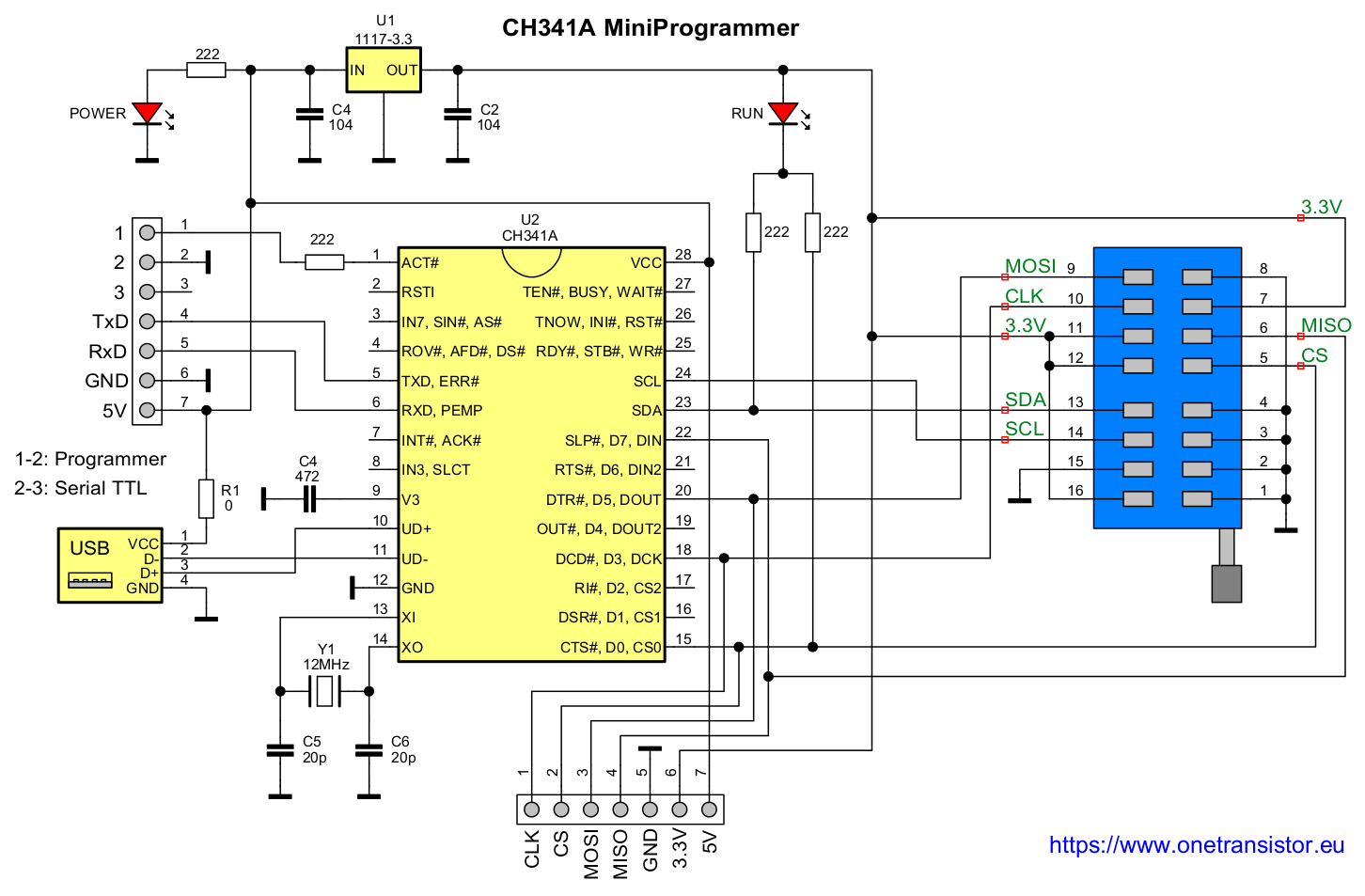The Windows native operating system services API is implemented as a set of routines that run in kernel mode. These routines have names that begin with the prefix Nt or Zw. Kernel-mode drivers can call these routines directly. User-mode applications can access these routines by using system calls.
- In a Type 4 driver, a pure Java-based driver communicates directly with the vendor's database through socket connection. This is the highest performance driver available for the database and is usually provided by the vendor itself. This kind of driver is extremely flexible, you don't need to install special software on the client or server.
- Multi-protocol access on Data Lake Storage is generally available and is available in all regions. Some Azure services or Blob storage features enabled by multi-protocol access remain in preview. These articles summarize the current support for Blob storage features and Azure service integrations.
With a few exceptions, each native system services routine has two slightly different versions that have similar names but different prefixes. For example, calls to NtCreateFile and ZwCreateFile perform similar operations and are, in fact, serviced by the same kernel-mode system routine. For system calls from user mode, the Nt and Zw versions of a routine behave identically. For calls from a kernel-mode driver, the Nt and Zw versions of a routine differ in how they handle the parameter values that the caller passes to the routine.

Popular protocols include: File Transfer Protocol (FTP), TCP/IP, User Datagram Protocol (UDP), Hypertext Transfer Protocol (HTTP), Post Office Protocol (POP3), Internet Message Access Protocol (IMAP), Simple Mail Transfer Protocol (SMTP). More About Communications Protocols. Welcome to the driver and software download page. 32-bit or 64-bit? Check in the general tab of your system window to find out which version. When you have clicked your driver link, make sure you select the 'Save' option when prompted. Do not select 'Run' as this may impact on the installation of the driver.
A kernel-mode driver calls the Zw version of a native system services routine to inform the routine that the parameters come from a trusted, kernel-mode source. In this case, the routine assumes that it can safely use the parameters without first validating them. However, if the parameters might be from either a user-mode source or a kernel-mode source, the driver instead calls the Nt version of the routine, which determines, based on the history of the calling thread, whether the parameters originated in user mode or kernel mode. For more information about how the routine distinguishes user-mode parameters from kernel-mode parameters, see PreviousMode.
Multi Protocol Programming System Driver License Test
When a user-mode application calls the Nt or Zw version of a native system services routine, the routine always treats the parameters that it receives as values that come from a user-mode source that is not trusted. The routine thoroughly validates the parameter values before it uses the parameters. In particular, the routine probes any caller-supplied buffers to verify that the buffers are located in valid user-mode memory and are aligned properly.
Native system services routines make additional assumptions about the parameters that they receive. If a routine receives a pointer to a buffer that was allocated by a kernel-mode driver, the routine assumes that the buffer was allocated in system memory, not in user-mode memory. If the routine receives a handle that was opened by a user-mode application, the routine looks for the handle in the user-mode handle table, not in the kernel-mode handle table.
Multi Protocol Programming System Driver Updater
In a few instances, the meaning of a parameter value differs more significantly between calls from user mode and from kernel mode. For example, the ZwNotifyChangeKey routine (or its NtNotifyChangeKey counterpart) has a pair of input parameters, ApcRoutine and ApcContext, that mean different things, depending on whether the parameters are from a user-mode or kernel-mode source. For a call from user mode, ApcRoutine points to an APC routine and ApcContext points to a context value that the operating system supplies when it calls the APC routine. For a call from kernel mode, ApcRoutine points to a WORK_QUEUE_ITEM structure, and ApcContext specifies the type of work queue item that is described by the WORK_QUEUE_ITEM structure.
Multi Protocol Programming System Driver Download
This section includes the following topics:




Comments are closed.